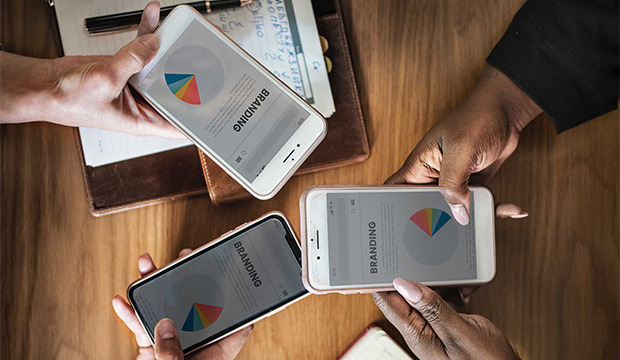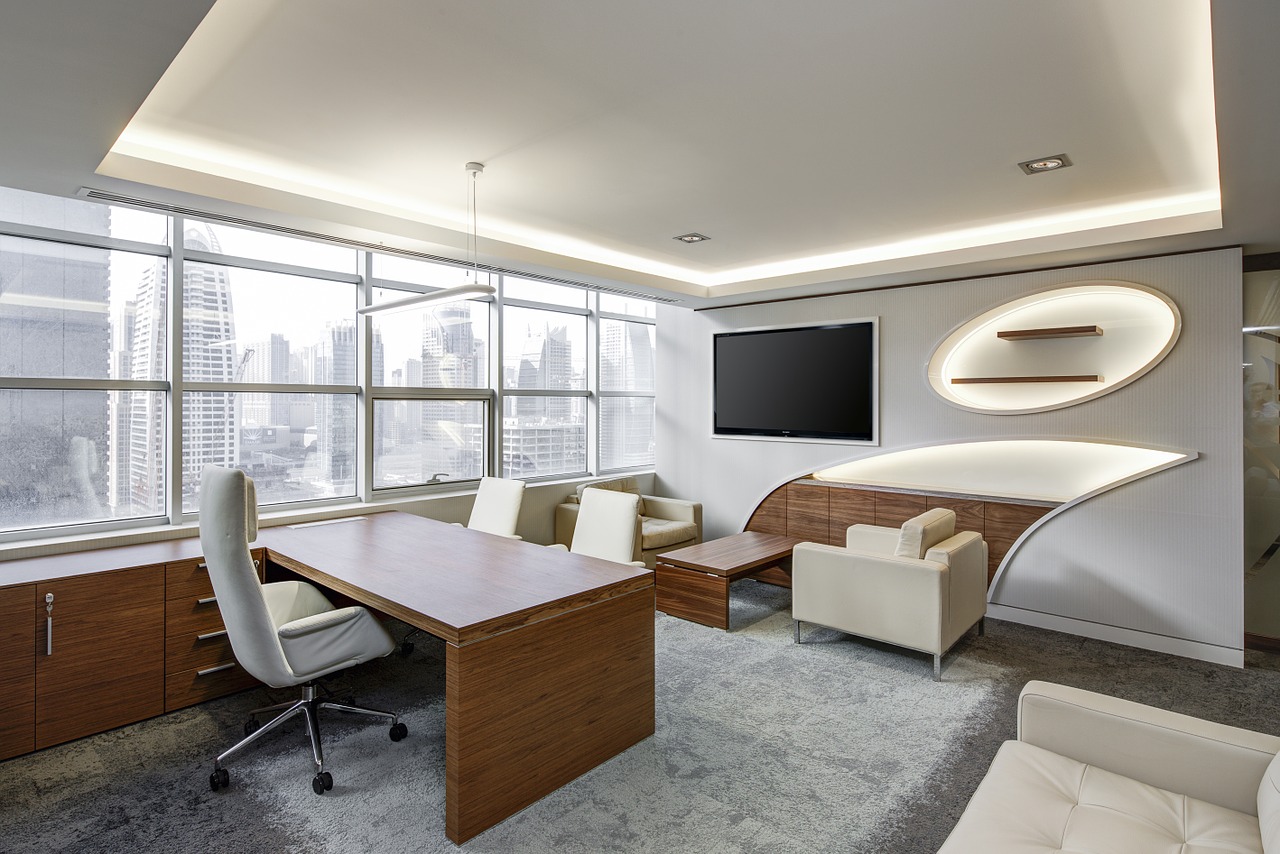
Prototyping is considered as an essential step in the product and development process used by organizations. By making a draft version or prototype of a product, organizations, businesses and manufacturers can explore ideas and features or the overall design concept to users before investing time and money into development. It is a good way of developing a certain product to be ready for mass production. The good thing about prototyping is that it isn’t limited for businesses, producers or organizations to do, but can actually be done by an outside provider, which makes it a good business venture. A prototyping business can efficiently create product prototypes based on the concept and design provided by a certain business, company or manufacturer. The team that should be behind the creation of prototypes must be efficient, capable and adaptive to changes. Thus, if you are to start a prototyping business, you should know how to assemble an efficient and dynamic development team for this kind of business.
Look for a Capable Design Team
The design team plays an important role in the prototyping business. The design team is responsible for the determining of the combination and concept of joining parts to put together in a mechanism. You will need a group of technically inclined and experienced individuals who can be considered experts in their respective fields. Look for designers with engineering, architectural, and technical backgrounds. The website PrototechAsia.com emphasizes on the importance of design, assembly testing and product launch preparation to be done within a tight budget and short timeframe.
This is the reason why an improved type prototyping has been developed – rapid prototyping. Remember that your prototyping business serves small- to medium-sized organizations and businesses that do not have in-house designers. Thus, they are looking for ways to lower manufacturing costs while still developing their products.You can design the organizational structure of your prototyping business as a team composed of separate sub-teams or cells, or you can make a single team composed of individuals with different specializations. Whichever your preferred structure is, it is highly recommended to have at least one individual for every specialization. We suggest having three to four individuals for each specialization. It also applies to those specializing in product design.
Include an Engineering Team
The engineering team works hand in hand with the design team when it comes to prototyping. If the design team handles the specific parts and how they fit or join together to make the complete mechanism of the product, the engineering team is responsible for how the mechanism works and making it function in a product. The engineers should be able to conceptualize the mechanism of a product and conduct tests of the function of the mechanism. The test should ideally be done first without the housing or cover and then with the housing included.
Assemble a Group of Researchers
When receiving a project for prototype development, it isn’t always enough to base your design entirely on the specifications, instructions and concepts of the clients. You will need to have members of the team handle research on the mechanism, parts, and product output of the prototype. When at times the client’s specification or instruction is vague or doesn’t fit to the projected product output, further research is needed to supplement the information gap. This is essential so that there is a complete understanding of how to proceed with the project and have a good overview of the processes that need to be done. Also, there could be instances of clients only providing the projected finished product, but may leave the details of the design and creation to the prototyping team. Thus, it is essential to have at least one team member handle the necessary research to keep the project on track and proceeding smoothly despite lacking resources and information.
Gather a Group of Good Developers
In a typical prototyping business flowchart, the developers are the ones that develop the concept of how the product should come to be, or how it should be developed into its final form. Developers work closely with researchers on the data needed to create the initial sketch or draft of the product. Based on the information gathered by the researchers, the developers can then formulate and make an initial picture of how a product can potentially look like.

Taking into consideration the materials, parts, mechanism and the output concept provided by the client, developers can then incorporate these factors into the creation of the wireframe or the skeletal structure of the product. Once the wireframe shape and output has been approved by the team and client, they can then proceed with the creation of the mockup. The mockup can be considered as an upgraded wireframe, incorporating the physical properties of the product, such as the color, type of paint finish and dimensions. In a sub-team or cell setup, the finished mockup is then forwarded to the design and engineering team, wherein the parts and mechanism will be conceptualized to fit within the mockup case. In a single team setup, the mockup will then be presented to the whole group for review, modifications and for proceeding to the next stage.
Have a Group Handle Quality Control
Quality control is an essential factor in product development. It doesn’t only apply to actual products that are mass-produced, but also to prototypes as well. Since the prototypes represent the potential product that will become available on the market, it is considered vital to have the quality checked and ensured at this stage. This team should have the mindset of checking the prototype thoroughly that the output is already for production and for efficient use of the consumers. The quality checkers can be considered the last line of defense when it comes to the creation of prototypes. They are the ones who can approve the prototype to proceed with the finalization or finishing touches or reject it and go back to the drawing board and revisit the conceptualization.
Include a Tester in The Group
As early as the prototyping stage, the input from a potential user or tester is very important in finalizing and making the necessary adjustments to the prototype product. As much as possible, the tester should not be in any way affiliated to the prototyping business or a part of the business team. This is to have a semblance of a real test made by an actual customer or user and to avoid potential bias. After all, the purpose of the client is to create an initial or draft product that will eventually go into mass production for a wider market. It is therefore necessary that the prototype already has a user or consumer feedback before it reaches the client.
There are several ways that you can get a regular person to test out a prototype and get an honest opinion or evaluation of the prototype. You can visit colleges and request for random volunteers to test a prototype and provide feedback, suggestions for improvement and even the things they dislike about the prototype. You can also go to malls and conventions where you can get to meet many random people and have them test your prototype. The data you get from this activity can be very important for future improvements and modifications which prototyping businesses can also share to their clients as an initial evaluation.
Have a Leader to Guide The Team
No matter how capable and competent the members of a prototyping team are, they will not go far and achieve the desired results without the guidance of a team leader or project manager. This is because a team needs someone to steer them to the right direction and guide their efforts to be aligned with each other. The team leader is also important in overseeing the entire prototyping process. He or she can regularly check on the progress of the works of the team members and the stage of the prototyping process.
The team leader can be the crucial connection between the client and the prototyping business. The client may not be able to regularly check on the product prototype and may have urgent changes to add to the prototype, but could not effectively relay it to the prototype team. This is where the team leader comes in. A team leader must possess excellent communication skills to effectively relay to his or her team the updates or instructions coming from the clients. This is essential so that the desired output and target date by the clients will be met by the team.
Have a Small and Highly Functional Team
Why keep the team small? This is because a team with few members can be flexible and adaptable. Although there are also benefits of having a big team, but it is more preferred in a large industrial setting. A prototyping business needs to work fast and under pressure to meet deadlines set by their clients. Having a large team can slow down the creative and design process. Prototyping businesses can be prone to several iterations or revisions before coming up with a prototype that passes the specifications of the clients. This is why a small team with a preferable size of 12 to 16 team members is ideal for a prototyping task. This will enable the team to iterate quickly and successfully, which will help them to finish the project efficiently and within budget.
A few number of members can preserve the team dynamics and makes it easy to work together and communicate effectively. These are key factors that make a prototyping business provider highly valuable and having an edge over other competitors. A small team can regularly have meetings or short huddles to discuss on updates, progress and projections regarding the project without having the need to look for a spacious space or conference room. This can significantly cut time deficits and wasting of business resources and also allows members to work harmoniously and communicate effectively within the team and with the clients primarily through the team leader. A small team allows focusing on key specializations, eliminates additional duties, eliminates bureaucracy and shortens the decision making process through a healthy and efficient brainstorming.
Get Your Team Fully Involved and Engaged in the Project
A prototyping project can allow you and your team to work on different types of products forwarded by clients requesting for a prototype. It is highly suggested that the team should all attend a requested meeting by either the client or the company. This meeting is typically conducted prior to the forwarding of the client of their prototype. Thus, your assembled team should be able to attend the meeting in order to share some inputs, offer suggestions and know the allocated budget.
Keep your team engaged in doing the project by getting them arranged in a way that they can talk with each other. Communication is key in this type of business, so it is only good to keep the team members as close as possible to each other in order to make their work more engaging and make their communication open. Ideas, suggestions and goal alignment can be passed around readily and efficiently in this setup. Also, multiple individuals working on a single project prevents boredom, keeps a healthy interaction and maintains high levels of energy and enthusiasm in the workplace.
Many companies and businesses are recognizing the importance of prototyping service providers. Prototyping businesses can be very useful when it comes to bringing products to the market. Before getting the products of clients available to the market, their draft versions or prototypes are showcased to the general public for testing and approval for mass production. Therefore, it is important that the created prototypes meet the standards and specifications of the clients, as these will eventually become the main products for them. A dynamic and efficient team can make all the product design, concept and output be materialized in the most efficient and timely manner.








